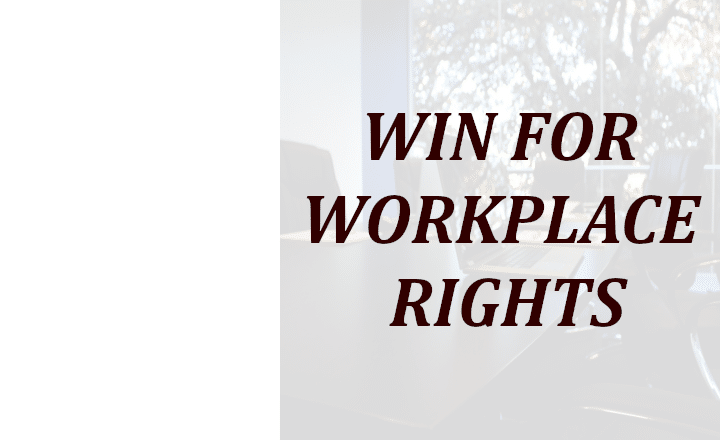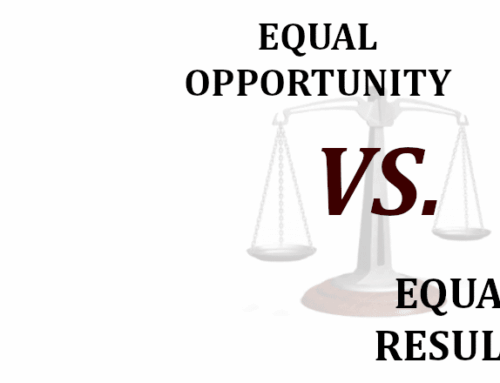July 29, 2025
Religious liberty in the federal workplace has long been guaranteed in law, but too often violated in practice. Accordingly, the Trump administration’s Office of Personnel Management has issued guidelines that seek to ensure that the law is followed.
Federal employees, the guidelines say, “may express their religious beliefs through prayer, personal items, group gatherings, and conversations without fear of discrimination or retaliation.”
How common is religious discrimination in the workplace? A study by Rice University released in 2022 found that two-thirds of Muslims, half of Jews and a third of evangelical Christians reported being discriminated against at work. These figures include the private, as well as the public, workplace.
The First Amendment to the U.S. Constitution guarantees religious liberty for all Americans; a 2007 circuit court decision affirmed this right for federal employees. Subsequently, the Supreme Court has said that the free exercise of religion extends beyond the right “to harbor religious beliefs inwardly and secretly”—it includes “the ability of those who hold religious beliefs of all kinds to live out their faiths in daily life.”
Title VII of the 1964 Civil Rights Act is frequently invoked by secularists to advance their causes. What is not often mentioned is that a 2015 Supreme Court decision, EEOC v. Abercrombie & Fitch Stores, Inc., said “Title VII does not demand mere neutrality with regard to religious practice—that they be treated no worse than other practices.” It insisted that it “gives them favored treatment.” This means, the high court said, that employees cannot be disciplined for “religious observance and practice.”
The Trump directive is aimed at federal employees who want to display a religious symbol, artwork, book, jewelry, and the like, in the workplace. It also protects those who want to engage in conversations about religion, including attempts to “persuade others of the correctness of their own religious views, providing that such efforts are not harassing in nature.” That caveat is important—religious dialogue is protected, not harassment.
Already, those who have a record of opposing the free expression of religion are sounding the alarms over the Trump guidelines.
Freedom From Religion Foundation, an extremist atheist entity, is worried about “proselytizing” in the workplace. Similarly, Mikey Weinstein, the militant secularist who heads the Military Religious Freedom Foundation, is going ballistic.
Their fears are contrived and unfounded. To “proselytize” is to “induce someone to convert to one’s faith or to recruit someone to join one’s cause or group.” Are they against that?
In other words, it is speech that seeks to change the mind of others, whether it be religious or secular in nature. That’s called free speech. Can it be abused? Of course. No right is absolute. In those instances when speech becomes so aggressive and disrespectful of the rights of others—when it crosses the line into intimidation—such examples are not covered. However, religious speech that does not cross the line is not only protected, it is, as the Supreme Court notes, entitled to “favored treatment.”
The Biden administration was the most hostile to religious liberty of any presidential administration in American history. By contrast, no one has championed religious liberty more than Trump.
The guidelines for religious liberty in the federal workplace are a splendid example of what happens when the friends of religious liberty triumph over its foes.









